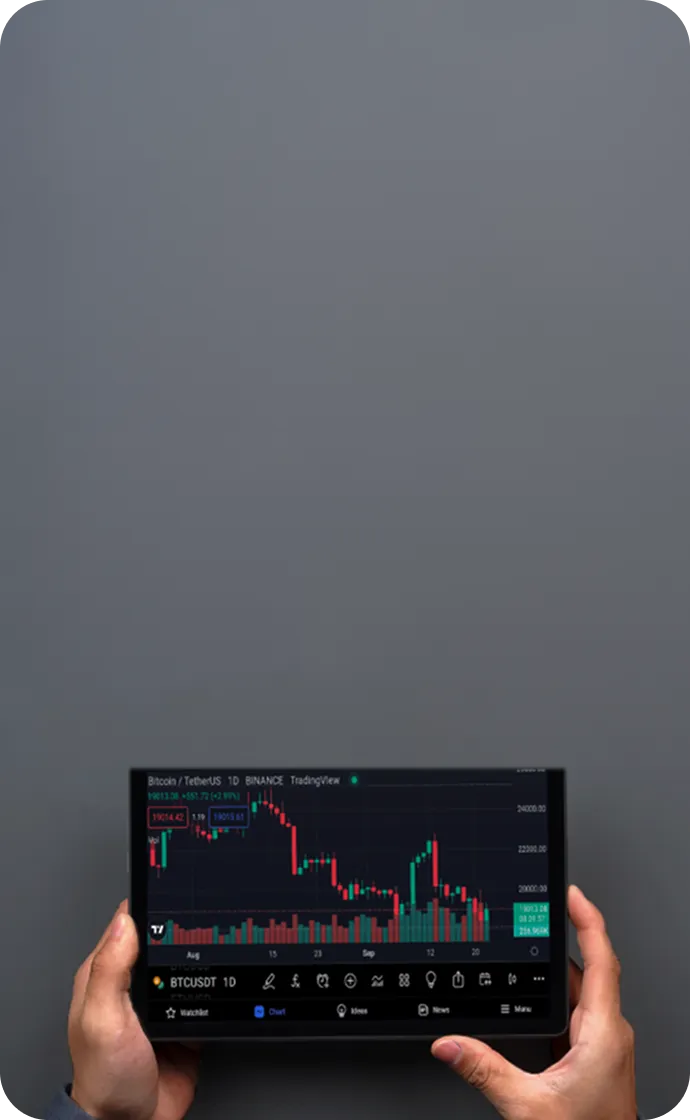

30 Essential Forex and Trading Terms Every Trader Should Know
Unlocking the language of forex traders is the first step towards mastering forex terminology. Whether you’re a beginner or aiming to enhance your expertise, understanding the fundamental terms and concepts that drive the forex market is essential for trading success. This guide will equip you with the knowledge and terminology necessary to navigate the dynamic and fast-paced world of currency trading. From interpreting currency pairs to mastering the principles behind advanced trading strategies, each term you learn becomes a valuable asset in your trading toolkit. Explore these 30 essential forex terms and gain a competitive edge as you begin your forex trading journey.
Forex Terminology
Forex Currency Pairs
The cornerstone of forex trading, a currency pair comprises two fiat currencies: the base currency and the quote currency. You can trade currency pairs by speculating on the appreciation or depreciation of one currency relative to the other. GBP/USD is among the most actively traded currency pairs and is commonly referred to in the industry as “cable”.
Base Currency
This is the first currency listed in a currency pair. It represents the currency you’re buying or selling in a forex transaction. Using the GBP/USD pair as an example, the base currency is the British Pound Sterling, as it is the first currency listed.
Quote Currency
This is the second currency listed in a currency pair. In the GBP/USD pair, the quote currency is the US Dollar (USD). If the pair is quoted as 1.25, this means £1 GBP is equivalent to 1.25 USD.
Exchange Rate
The price at which one currency can be exchanged for another. It reflects the relative value of one currency against the other.
Pip
Short for ‘percentage in point’. It denotes the smallest incremental price movement in a forex currency pair, typically measured to the fourth decimal place.
Lot
A lot is a standardized unit of measurement defining the size of a forex trade. Standard lots equal 100,000 units, mini lots 10,000 units, and micro lots 1,000 units.
Forex Spread
The difference between the bid (buy) and ask (sell) prices of a currency pair. A tighter spread generally implies lower trading costs.
Liquidity
Indicates how easily an asset can be converted into cash. High liquidity means trades can be executed swiftly with minimal price impact.
Leverage
Enables traders to control larger positions with a smaller amount of capital. For instance, a 10:1 forex leverage means controlling $10,000 worth of exposure with only $1,000 of margin.
Margin
The required amount of funds or collateral to open and maintain a trading position. It acts as a security deposit for the trade.
Margin Call
A broker’s request for additional funds when the account equity falls below the required margin threshold.
Trading Positions
Long Position
A trade where you buy a currency pair anticipating the base currency will strengthen against the quote currency.
Short Position
A trade where you sell a currency pair anticipating the base currency will weaken against the quote currency.
Order Types
Market Order
An instruction to buy or sell a forex currency pair at the best available current market price. It’s the quickest order execution type and ideal for entering or exiting positions promptly.
Limit Order
An order to buy or sell a currency pair once the price reaches a specified level. Limit orders provide greater control over trade entry and exit points.
Stop Entry Order
An order to initiate a trade when the price hits a certain threshold, either above (buy stop) or below (sell stop) the current market price.
Stop-Loss Order
An order to close a position at a predetermined lower price to limit potential losses.
Take-Profit Order
An order to close a position at a predetermined higher price to secure profits from a trade.
Forex Market Analysis
Forex Technical Analysis
A methodology used to identify market trends and patterns to optimize entry and exit points. It primarily relies on historical price data and incorporates technical indicators and forex trading signals—mathematical models and algorithms commonly integrated into leading trading platforms such as MetaTrader 4.
Fundamental Analysis
While some traders rely on charts and historical data for decision-making, others base their strategies on fundamental analysis. This involves monitoring economic, social, and political developments relevant to the currencies traded. Indicators such as inflation rates, unemployment figures, retail sales, and industrial output can significantly impact currency valuations within forex pairs.
Support
Forex traders employing technical analysis often identify support levels on charts. Support is a price point where buying interest exceeds selling pressure, causing price stabilization or upward movement. Support levels can signal the onset of a new upward trend, also known as a ‘bullish’ trend.
Resistance
Technical analysis also helps identify resistance levels, which are price points where selling pressure surpasses buying interest, pushing prices downward. Resistance levels may indicate the beginning of a downward trend, known as a ‘bearish’ trend. Resistance can also correspond to price consolidation, where the market moves sideways.
Volatility
Volatility measures the speed and magnitude of price fluctuations in a forex currency pair. Understanding volatility is crucial for developing trading strategies and managing risk effectively. Factors influencing volatility include market liquidity—less liquid pairs tend to be more volatile—and economic or geopolitical events that affect market sentiment.
Trading Psychology
Risk Management
Effective forex trading requires disciplined money management and emotional control, collectively known as ‘risk management’. Utilizing all available tools to minimize losses, protect trading capital, and maximize gains is essential. This includes establishing a trading plan with defined entry and exit rules and a risk-reward ratio that supports sustainable capital growth. Such planning helps prevent emotional decisions like increasing exposure on losing trades or revenge trading.
Candlestick Chart
Candlestick charts provide visual insights into market dynamics for a currency pair, aiding in confirming trading plans and managing psychology. Bullish candles are typically green, indicating the closing price is higher than the opening price for the period. Bearish candles are usually red, signifying the opposite.
Bar Chart
Bar charts also assist in interpreting forex market data and validating trading strategies. Unlike candlesticks, bar charts display vertical bars representing the opening, high, low, and closing prices within a specified timeframe.
Additional Forex Terminology
Carry Trade
A popular forex strategy involving borrowing funds in a currency with a low interest rate and investing in a currency with a higher interest rate. Traders aim to profit from the interest rate differential, known as the ‘carry’.
Swap
There are two types of swaps in forex trading. An interest rate swap reflects the difference between the interest rates of the two currencies in a pair. Traders may earn or pay swap fees when holding positions overnight. A next-day swap includes interest rate differentials over weekends. Brokers use swaps to roll over positions to the next value date instead of settling them daily.
Forex Broker
A forex broker acts as an intermediary between retail traders and the interbank forex market. TMGM is a licensed and regulated forex broker authorized to facilitate the execution of buy and sell orders through supported trading platforms such as MetaTrader 4 or the native TMGM app.
Conclusion
Mastering these terms and concepts is essential for developing a successful forex trading strategy. It’s crucial to understand them thoroughly before engaging in the forex market.
Now that you’re familiar with key forex terminology, you may want to explore additional terms commonly used by professional traders. Discover TMGM’s comprehensive Traders’ Terminology guide here.
Trade Smarter Today






Account
Account
Instantly




